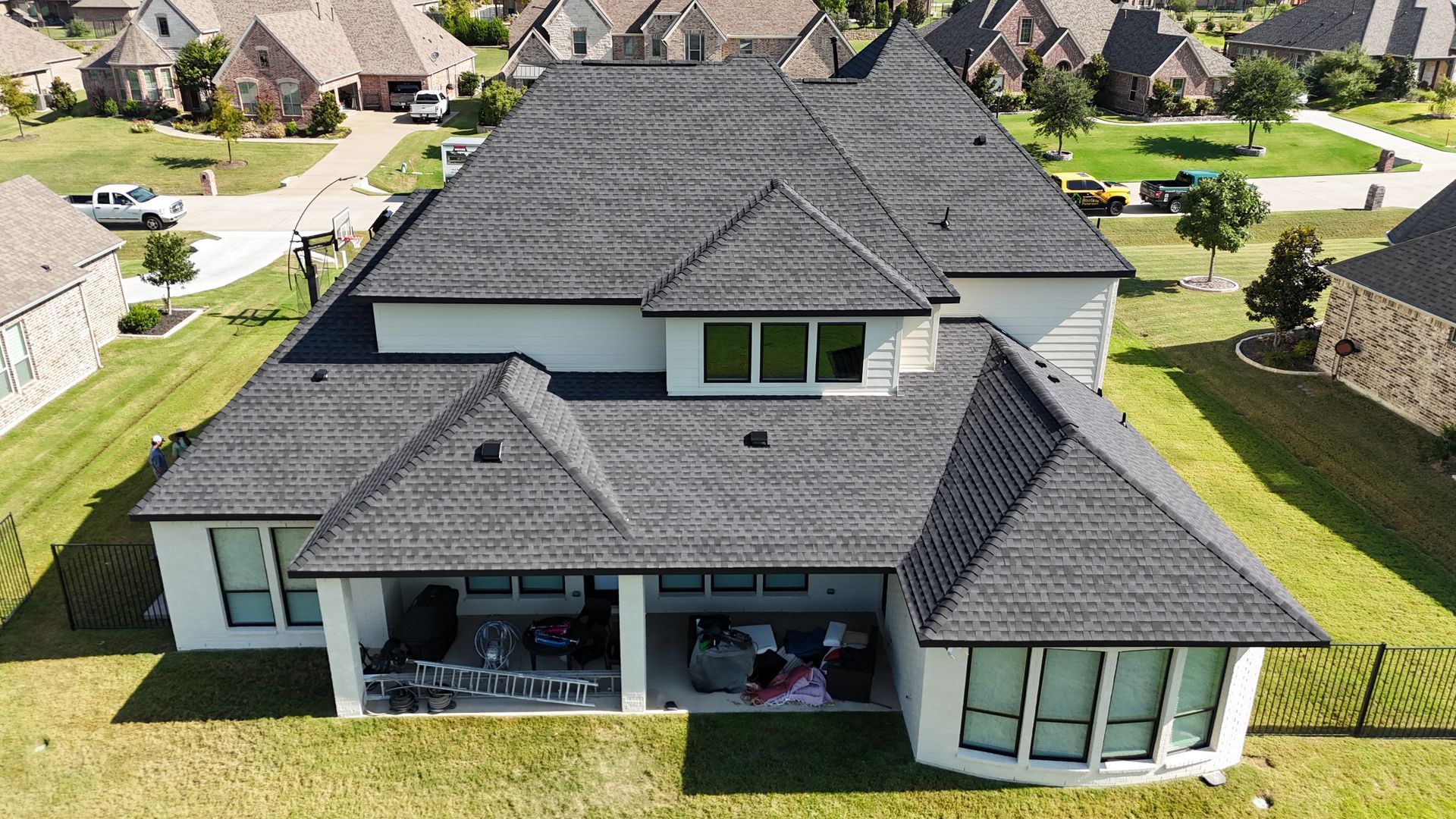Everything You Need to Know About Roof Installation for New Builds
When constructing a new home, roof installation is one of the most critical components of the build. The roof not only protects the structure from the elements but also contributes to the energy efficiency, safety, and overall value of the property. For homeowners and builders alike, understanding the process and options available for
new roof installation is essential to ensure a long-lasting and effective solution.
Planning Your Roof from the Ground Up
Roof installation begins well before any shingles are laid. It starts during the planning and design phase. The roof’s shape, pitch, and materials should be decided based on factors like architectural style, regional climate, and budget. For example, steeper pitches are ideal for snowy climates to prevent accumulation, while flat or low-slope roofs are better suited for warmer, drier areas. During this stage, it's crucial to work with both your architect and roofing contractor to align on the best approach for your build.
Choosing the Right Roofing Materials
The materials you choose for your roof play a major role in its durability, maintenance needs, and aesthetic appeal. Common roofing materials for new builds include asphalt shingles, metal roofing, clay or concrete tiles, and synthetic options. Asphalt shingles are the most widely used due to affordability and versatility. Metal roofs offer superior longevity and are gaining popularity for modern designs. Tile roofs, while more expensive, are highly durable and ideal for hot climates. Consider factors such as insulation value, fire resistance, and lifespan when making your decision.
Structural Preparation and Roof Framing
Once the design is finalized and materials are selected, the structural preparation begins. The roof framing—typically made of rafters or trusses—is constructed to form the skeleton of the roof. This framework must be precisely built to handle the weight of the roofing materials and environmental loads like wind and snow. Proper sheathing, usually made of plywood or OSB, is then laid across the framing to create a solid base. This stage is vital to ensure the roof’s stability and to prevent future issues like sagging or leaks.
Underlayment and Waterproofing
Before the final roofing material is installed, a protective underlayment is applied. This waterproof layer acts as a barrier against moisture, providing added protection in case of material failure. In areas prone to heavy rainfall or snow, ice and water shields may also be added to high-risk areas such as valleys and eaves. Proper flashing around chimneys, vents, and skylights is another essential step that prevents water infiltration at vulnerable points. Skipping or poorly executing this step can lead to costly water damage down the line.
Final Installation and Inspection
The final step is installing the chosen roofing material. This process varies depending on the material, but precision and attention to detail are key for any type. Roofers must follow manufacturer guidelines to maintain warranties and ensure long-term performance. Once the installation is complete, a thorough inspection is conducted to verify the roof’s integrity. This includes checking for proper ventilation, alignment, and secure fastening of materials. Inspections help identify minor issues before they become major problems, giving homeowners peace of mind.
Roof installation for new builds requires knowledge, planning, and expert execution. That’s why working with a reliable contractor makes all the difference. At Roofs by Peterson
in Rockwall, TX, we bring over 10 years of experience to every roofing project. Our team is committed to delivering strong, weather-resistant, and energy-efficient roofs tailored to your home’s design. If you're planning a new construction, contact us today to schedule a consultation and get started with a roofing partner you can trust.





